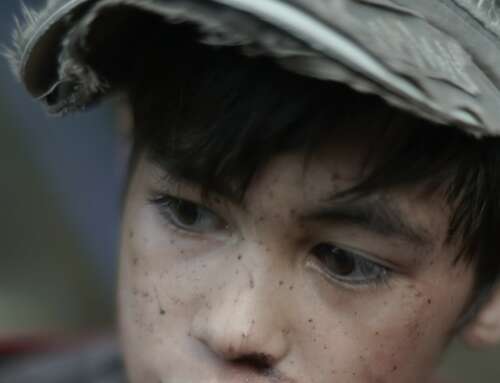Our memories of the job market prior to COVID have become rosier: the last decade was a period of fairly low unemployment, even if wage growth was less than stellar.
But that perspective may not be shared by people under 35. For that age group, the past decade has been a period of intense competition for jobs, even before COVID, which will make things worse.
It is likely to have long-term effects, even were it not for the COVID crisis.
In a new study published this morning, climbing the jobs ladder slower, myself and three colleagues at the Productivity Commission examine labour market scarring after the 2008 global financial crisis.
Scarring is a semi-technical term for what happens when wounds don’t properly heal. It was mentioned twice in last week’s economic statement.
Scars from the crisis
Specifically, we asked whether young people entering the labour market during and after the crisis had a more difficult transition to employment than those who entered before, and whether it had long term impacts on their careers.
The Australian Socioeconomic Index is an occupational status scale last updated by researchers at the Australian National University in the late 2000s. It is a method for scoring occupations on a ladder based on educational requirements and average earnings.
Using data from the HILDA Household, Income and Labour Dynamics survey that began in 2001 we find that the average occupational score increased throughout the two decades that followed, but that after 2008 the likelihood that a university graduate would find a high-score job fell back.
Part of the reason is the big expansion in the number of university students and students in vocational education that followed the crisis.
Down several rungs
For many graduates that meant more competition to enter their chosen
profession. They moved “down the ladder” of occupations.
Law graduates increasingly found themselves working as paralegals or in cafés. In turn, young people with vocational degrees were pushed further down.
At the bottom of the ladder, part-time and casual jobs garnered more takers. As a result average wages for workers under 35 fell between 2008 to 2018.
Outcomes varied a great deal. Some young workers found very high-scored jobs, while more were less lucky, obtaining jobs whose scores were well below what they would have expected in earlier years.
Hard to climb back
Were the lower rungs temporary? Were some of these unlucky young workers able to work their ways back to their desired occupations and pay levels over the years that followed? Not much.
We found that from 2008, if a recent graduate started in a less attractive job, it was harder to climb to a more attractive one than before.
Young people’s prospects and the growth in salaries were worse than those of young people prior to 2008.
The finding comes from studying transition probabilities: the probability that a young person can move from a lower quarter of the occupation score distribution to a higher quarter. It suggests that poor initial jobs for graduates have serious long-term consequences.
It pre-dates the COVID-19 recession, but it has heightened relevance for it.
More scars to come
Many young people pushed into unemployment by the recession and are likely to find it harder to get the jobs they could have once expected when jobs come back.
The scarring could last some time.
Some young people might choose to pursue further study in order to return to the job market later when conditions are better, but our report suggests that, even then, the competition for the jobs that follow study will be fierce.
A generation might be set to experience scarring once again – from unemployment, from low wages, from jobs that don’t fully use their skills, and from dashed hopes.![]()
Catherine de Fontenay, Honorary Fellow, Department of Economics, University of Melbourne
Banner: Unsplash
This article is republished from The Conversation under a Creative Commons license. Read the original article.








Leave A Comment